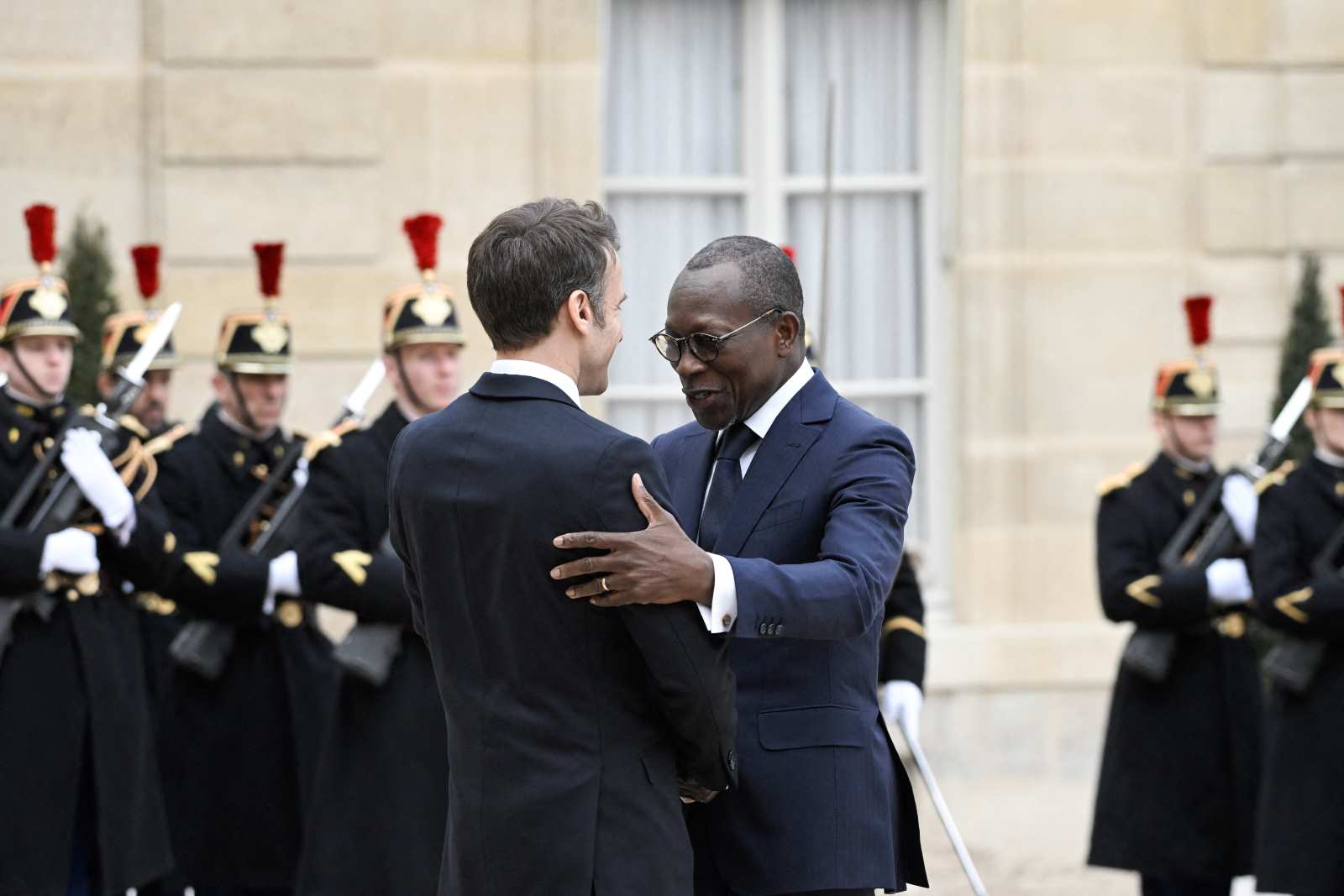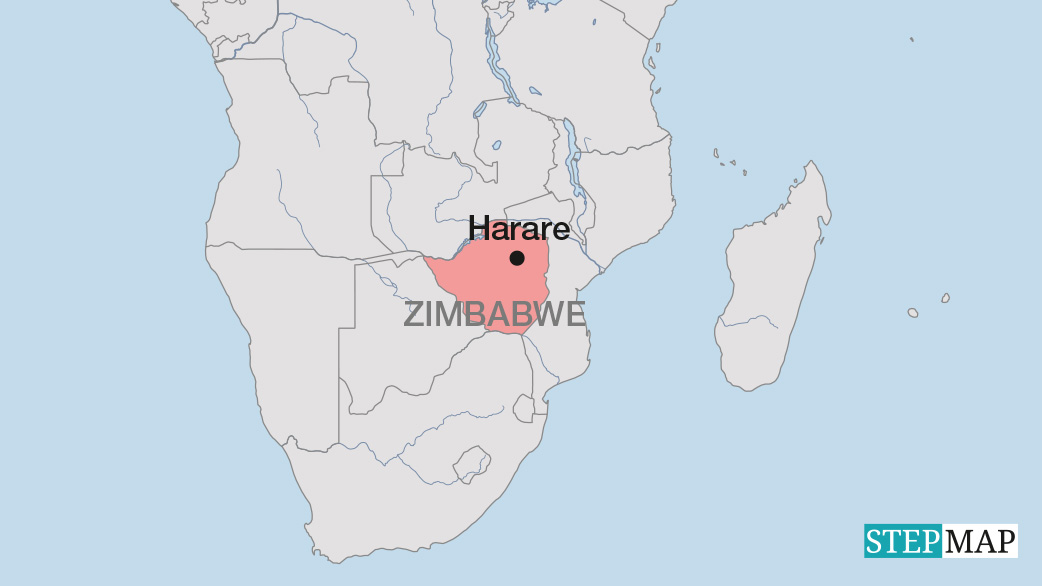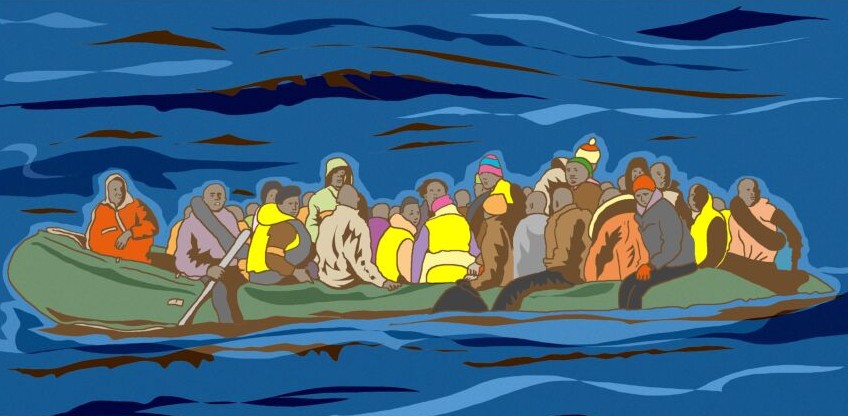Religious communities
Legacy of colonial divide-and-rule strategies
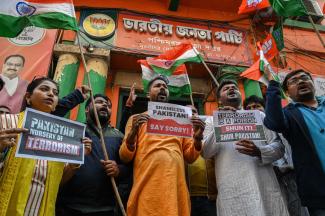
In Pakistan, faith-based identity politics matters too, though not in the same way as in India. Radical Sunnis have managed to largely redefine “Islam” as their own version of the faith, discriminating against others.
It would be an illusion to believe that earlier Indian governments after independence in 1947 built a harmonious and inclusive society. Most of the time, the Congress party was in charge. Power mostly rested in the hands of upper caste and upper class elites. The minorities remained marginalised. Governments rarely targeted them with hate rhetoric, though the anti-Sikh pogrom in Delhi in 1984 was a terrible exception. Today, the minorities and especially Muslims have become targets of systematic and institutionalised hate campaigns. In this sense, the trauma of partition is still most virulent.
The popular adage says that the colonial power ruled India only with 15,000 Brits in the country. They managed to control the huge subcontinent, because Indians contributed to and supported their rule for more than two centuries. Indeed, the upper casts largely flourished, as they had under Mughal rule before.
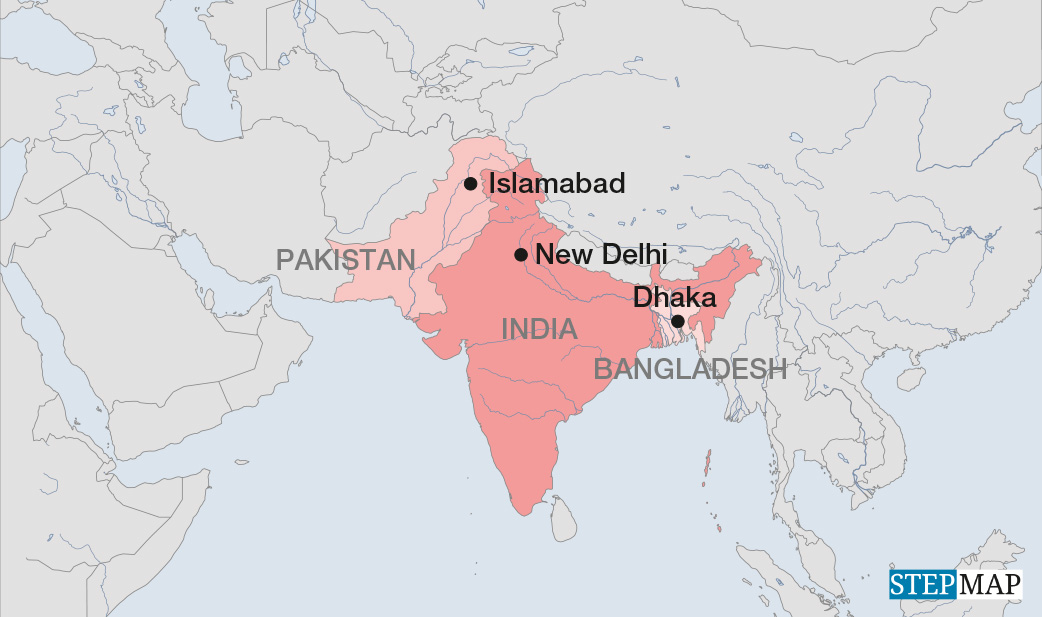
Colonial legacy
As part of the colonial tactics, the British relied on a policy of divide and rule. They focused on pitting Hindus and Muslims against one another, inculcating religious identity as the primary identity. Historically, language, caste and class were of at least equal importance, with the caste system permeating other faiths than Hinduism. After the uprising of 1857, which involved Hindus and Muslims and which South-Asians call the first war of independence, the colonial power stringently followed its divide-and-rule strategy.
The Congress party, formed in 1885, was the political forerunner in the fight against the British. It was not a Hindu organisation, but some Muslims nevertheless felt excluded. Accordingly, the All India Muslim League was formed in 1906. Congress wanted India to stay united after independence, but the Muslim League insisted on a separate state. The reasoning was that, under Congress rule, Muslims would suffer as second-class citizens.
In the years up to the independence of the country, the tensions grew so much that hatred spread. In 1946, the Great Calcutta Killings were a terrible communal riot between Hindus and Muslims. When the British gave up power, India and Pakistan became two separate states one year later. In both countries, members of the established elites controlled the new governments.
Suparna Banerjee is a Frankfurt-based political scientist.
mail.suparnabanerjee@gmail.com

